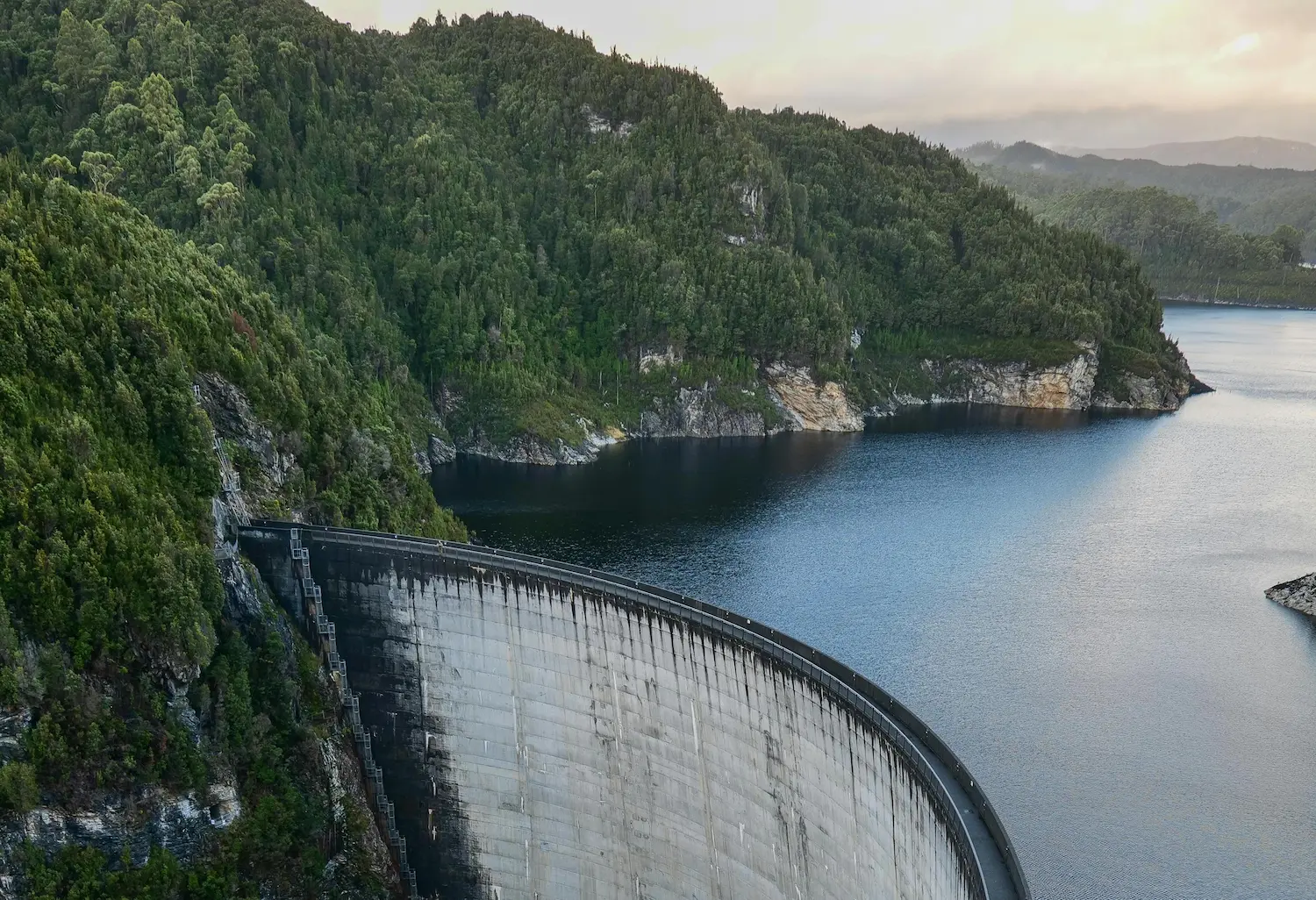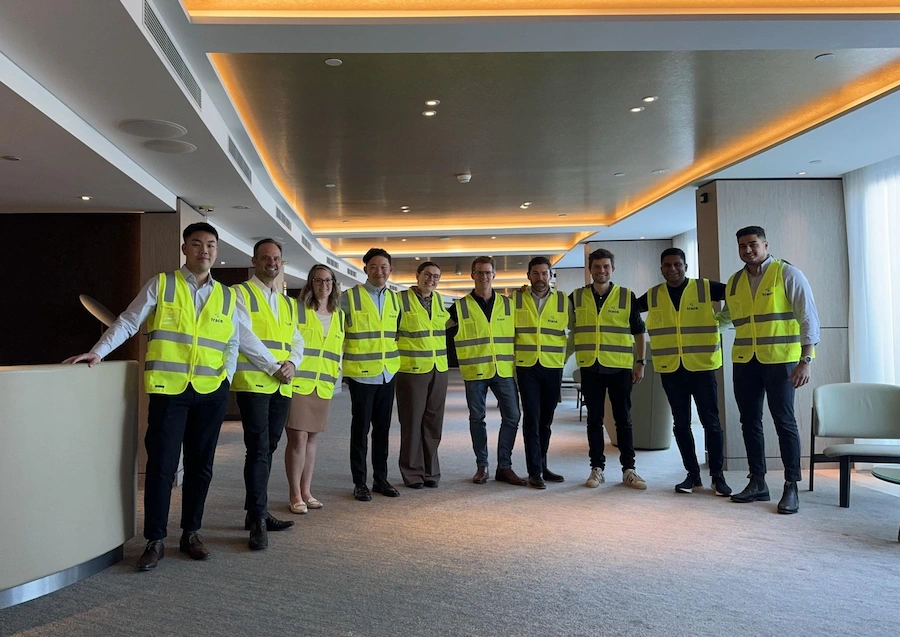Ready to turn insight into action?
We help organisations transform ideas into measurable results with strategies that work in the real world. Let’s talk about how we can solve your most complex supply chain challenges.

In-depth Exploration of Australia's Energy Transition: Dissecting the Intricacies of Supply Chain & Energy Network Design
Australia stands at the cusp of a major transformation, a transition from a highly centralised fossil fuel-based energy distribution network to a more decentralised, renewable energy system. This transition, while being a potent response to climate change, unveils a plethora of challenges intertwined within the supply chain and energy network design. Let's delve into these issues and opportunities, illuminating the path towards a greener Australia.

1. The Evolution of Energy Networks
Historically, Australia's energy sector was heavily reliant on fossil fuels, primarily coal, with over 60% of its electricity generation sourced from coal as of 2019 1. The energy generated from these centralised power plants would travel great distances across Australia's vast landmass, often leading to energy loss during transmission.
The push towards renewable energy, driven by increasing environmental concerns and supportive policy frameworks, has initiated a shift towards more decentralised networks. These include localised energy generation sources such as solar panels, wind turbines, and battery storage systems. In fact, the Australian Energy Update 2022 indicates that renewable energy's contribution to electricity generation increased to 28.9% in 2021, up from 21% in 20202.
2. Supply Chain Challenges in the Transition
This transformative journey is not without hurdles. Several challenges need addressing to ensure a smooth transition:
Infrastructure and Capacity Building
Transitioning to renewable energy on a national scale requires massive infrastructural adjustments. Australia needs to invest in developing and improving grid technologies to handle the variable inputs from solar and wind energy sources. For instance, the Australian Renewable Energy Agency (ARENA) invested AUD 22.1 million in 2020 to fund the development of advanced grid-forming inverters that can handle variable renewable inputs3.
Similarly, energy storage solutions need substantial scaling up. With an ambitious goal of achieving 500% renewable energy capacity by 2050, 'Project Gilghi' in New South Wales provides an exemplary model. The project uses an off-grid, solar-powered water treatment plant backed by battery storage, capable of delivering 28,000 litres of potable water each day4.
Raw Material Procurement
Renewable energy technologies like solar panels and wind turbines heavily rely on specific raw materials. For example, neodymium and dysprosium, rare earth elements essential for wind turbine manufacturing, are largely controlled by China, creating potential supply bottlenecks5.
Logistics and Transportation
Given Australia's vast geographic expanse, delivering equipment and materials to remote areas poses a logistical challenge. The Hornsdale Power Reserve project, however, sets a precedent for overcoming such obstacles. Despite being located 220 km north of Adelaide, it successfully installed the world's largest lithium-ion battery storage facility6.
Skilled Labour
The transition to a renewable energy future demands a skilled workforce. The Clean Energy Council's 'Clean Energy At Work' report suggests that Australia could witness a four-fold increase in renewable energy jobs by 20507. Therefore, it becomes crucial to train the existing workforce and attract new talent to the sector.
3. Future Outlook: Optimising the Energy Transition
Despite these challenges, the benefits of this energy transition make the journey worthwhile. Leveraging digital technologies such as big data, AI, and blockchain can streamline energy distribution, optimising the transition.
Moreover, investing in research and development for alternative materials, exploring novel storage technologies, and initiating robust training programs for renewable energy skills could mitigate supply chain issues. The collaborative efforts of government bodies, private enterprises, and academia are pivotal in ensuring a sustainable energy future for Australia.
The road to a decentralised renewable energy network is filled with obstacles but also abundant opportunities. With careful planning, innovation, and collaboration, Australia can pioneer the global transition towards sustainable energy.

4. Decentralised Networks and Escalating Supply Chain Complexities
The transition towards decentralised energy networks brings with it an increased complexity in supply chain management. In contrast to the conventional model where raw materials would be directed towards a limited number of centralised generation facilities, decentralised systems require the delivery of components and materials to a multitude of dispersed locations. As a result, the logistics, procurement, and distribution strategies need a comprehensive overhaul.
Additionally, the decentralised model requires an intricate web of interconnections and an advanced infrastructure for two-way electricity flow to enable energy sharing among multiple small-scale producers. The implementation of this energy 'internet' necessitates the procurement of high-tech hardware and software, with significant cybersecurity considerations.
Moreover, with different types of renewable energy technologies such as wind, solar, and hydropower involved, there is increased diversification in the supply chain, each with their unique materials, parts, and skilled labor requirements. This diversification can lead to potential bottlenecks and vulnerabilities if not effectively managed. For example, a sudden surge in demand for photovoltaic solar panels can strain the supply of essential components like silicon, silver, or aluminium, impacting the production timelines and cost.
Overall, the transition towards a decentralised network, while promising a more sustainable energy future, also demands a significant enhancement in supply chain strategies, skills, and technologies to handle the increased complexities.
Sources
- Australian Government Department of Industry, Science, Energy and Resources ↩
- Australian Government Department of Industry, Science, Energy and Resources ↩
- Australian Renewable Energy Agency (ARENA) ↩
- Engineers Australia ↩
- The Guardian ↩
- Hornsdale Power Reserve ↩
- Clean Energy At Work ↩
Ready to turn insight into action?
We help organisations transform ideas into measurable results with strategies that work in the real world. Let’s talk about how we can solve your most complex supply chain challenges.









